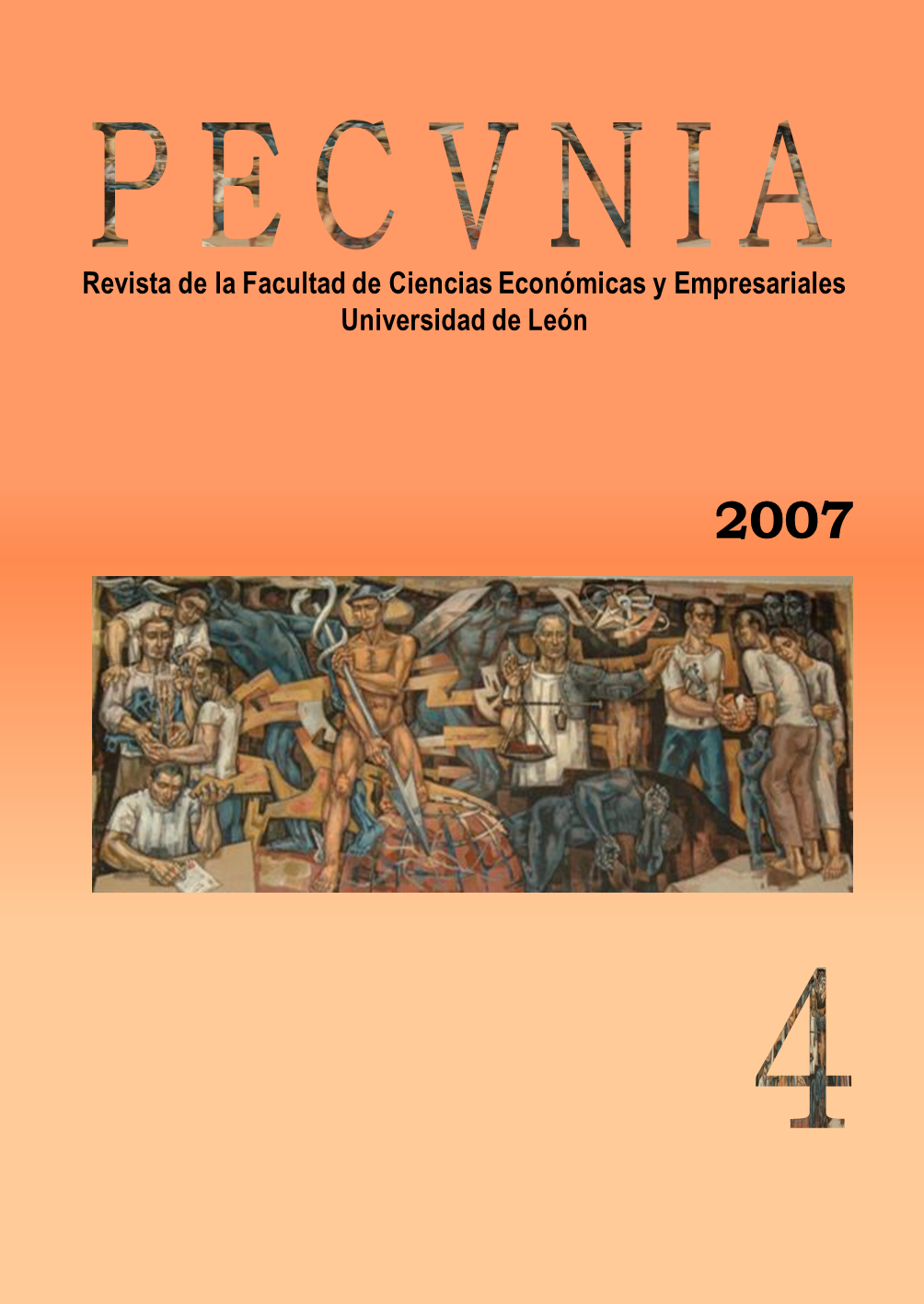De cómo rendir cuentas a Dios y a los hombres : Las invocaciones sacras en los libros de cuentas del renacimiento inglés
DOI:
https://doi.org/10.18002/pec.v0i4.723Keywords:
Invocación sacra, Partida doble, Sentimiento religioso, Pious invocations, Double entry, Religious feelingAbstract
Las invocaciones sacras en los libros de cuentas son una costumbre que comienza en la época medieval y que se extiende hasta el siglo XVIII. En ellas se concentra la fe medieval, la confianza en uno mismo del renacimiento y la combinación de lo pagano con lo cristiano.Esta costumbre iniciada en Italia, se propagó por toda Europa con la publicación del tratado de Fra Luca Pacioli. Se diseminó la partida doble, pero también todas las costumbres que en su entorno eran habituales entre los mercaderes. El presente estudio pretende hacer una revisión del uso de estas invocaciones sacras desde las recomendaciones que Pacioli realiza hasta las que aparecen en algunos tratados comerciales del siglo XVIII.Fra Luca Pacioli condensó en su tratado lo que los mercaderes italianos venían practicando desde mucho antes de 1494. El fraile italiano sistematizó en la Summa los principios de la teneduría de libros por partida doble, pero no se olvidó de otras costumbres: las invocaciones sacras.Pious inscriptions in account books were already customary in the medieval ages and lasted until 18th century. They were an expression of the medieval faith, the renaissance self-reliance together with a combination of pagan and Christian beliefs.This tradition started in Italy and expanded all over Europe with the publication of Fra Luca Pacioli's treatise in 1494. The double-entry system was spread out and with it the habits which were usual among merchants. The focus of the present study is a revision of these pious inscriptions starting with the suggestions made by Pacioli and up to the ones that appear in some commercial treatises of the 18`h century.Fra Luca Pacioli gathered in his treatise what the Italian merchants had practised for a long time before 1494. The Italian monk systematized the principles of double-entry bookkeeping in his Summa and he did not forget to include some other practises such as pious inscriptions whenever an account was opened.
Downloads
References
BAXTER, W.T. and Sidney DAVIDSON eds. (1962) Studies in Accounting Theory. London: Sweet & Maxwell Limited.
CHRISTOFFELS, Jan Ympyn (1543) Nieuwe instructie ende bewijs der looffelijcker consten des Rekenboecks..., Antwerpen: Coopman.
DORINI, Umberto e Tommaso BERTELÈ (1956) Il Libro dei Conti di Giacomo Badoer (Costantinopoli 1436-1440), Istituto Poligrafico dello Stato.
EDEY, Harold and B.S. YAMEY eds. (1974) Debits, Credits, Finance and Profits. London: Sweet & Maxwell.
LOPEZ, Robert S. and Irving W. RAYMOND (2001) Medieval Trade in the Mediterranean World. Illustrative Documents Translated with Introductions and Notes, With a foreword and bibliography by Olivia Remie Constable. New York: Columbia University Press.
MURRAY, David (1930) Chapters in the History of Book-keeping, Accountancy and Commercial Arithmetic. Glasgow: Jackson, Wylie & Co.
[NORTH, Roger] (1714) The Gentleman Accomptant..., London: E. Curil. ORIGO, Iris (1984) The Merchant of Prato. London: The Folio Society.
PACIOLI, Luca (1494) De las cuentas y las escrituras, Estudio introductorio, traducción y notas por Esteban Hernández Esteve, Madrid: Asociación Española de Contabilidad y Administración de Empresas.
PEELE, James (1553) The maner and fourme how to kepe a perfecte reconyng, after the order of the moste worthie and notable accompte, of Debitour and Creditour... London: Richard Grafton.
PERAGALLO, E. (1938) Origin and Evolution of Double Entry Bookkeeping. A Study of Italian Practice from the Forteenth Century, New York: American Institute Publishing Co.
SAPORI, A. (1941) Mercatores, con prefazione di Giorgio Molfino, Milano: Garzanti.
SAPORI, Armando (1952) Le Marchand Italien au Moyen Age, Introduction de Lucien Febvre, Paris: Librarie Armand Colin.
The Universal Library of Trade and Commerce... (1747) London: J. Robinson.
WARBURG, A. (1932) Gesammelte Schriften, Leipzig: B.G. Teubner.
WEDDINGTON, John (1567) A breffe Instruction, and manner howe to kepe marchantes bokes, of accomptes. After the order of Debitor and Creditor..., Andvvarpe: Petter van Keerberghen.
YAMEY, B.S. (1962) "Some Topics in the History of Financial Accounting in England 1500-1900" en W.T. BAXTER and Sidney DAVIDSON eds., Studies in Accounting Theory. London: Sweet & Maxwell Limited, pp. 14-43.
Downloads
Published
How to Cite
Issue
Section
License
Copyright (c) 2007 Juan Lanero Fernández, Eduardo Ortega Montes

This work is licensed under a Creative Commons Attribution-NonCommercial-ShareAlike 4.0 International License.
Los autores que publican en esta revista están de acuerdo con los siguientes términos:- Los autores ceden de forma no exclusiva los derechos de explotación (reproducción, distribución, comunicación pública, transformación) a la Universidad de León, por lo que pueden establecer, por separado, acuerdos adicionales para la distribución no exclusiva de la versión de la obra publicada en la revista (por ejemplo, alojarlo en un repositorio institucional o publicarlo en un libro), con un reconocimiento de su publicación inicial en esta revista.
- Este trabajo se encuentra bajo la Creative Commons Attribution-NonCommercial-ShareAlike 4.0 International License. Puede consultarse desde aquí la versión informativa y el texto legal de la licencia.
- Se permite y se anima a los autores a difundir electrónicamente las versiones pre-print (versión antes de ser evaluada) y/o post-print (versión evaluada y aceptada para su publicación) de sus obras antes de su publicación, ya que favorece su circulación y difusión más temprana y con ello un posible aumento en su citación y alcance entre la comunidad académica.












